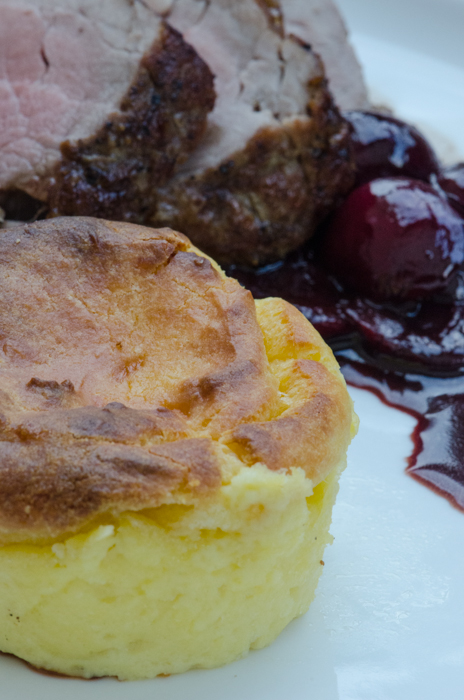 On a private walking tour in Italy this season, we enjoyed a lovely hike with spectacular view along the Altopiano dei Sette Comuni (Plateau of the Seven Communes.) This area, located in the north of the Province of Vicenza, is rarely visited by tourists, but most are familiar with its cheese, the renowned Asiago. Although most have not experienced the real thing – producers here in the US usurp the name, but true Asiago is only produced in this area of Italy.
On a private walking tour in Italy this season, we enjoyed a lovely hike with spectacular view along the Altopiano dei Sette Comuni (Plateau of the Seven Communes.) This area, located in the north of the Province of Vicenza, is rarely visited by tourists, but most are familiar with its cheese, the renowned Asiago. Although most have not experienced the real thing – producers here in the US usurp the name, but true Asiago is only produced in this area of Italy.
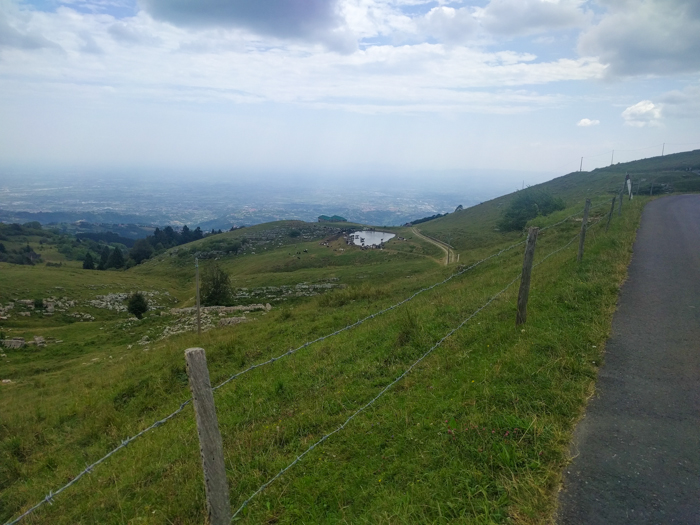 Asiago has an official Italian DOP (Denominazione di Origine Protetta) designation. The only ‘official’ Asiago is produced in this area, near the town of Asiago. Asiago’s authentic production process dates back to the year 1000, when the cheese was made with ewe’s milk. It became an important market for cheese in the early 1500s, when a large amount of woodlands in the area were converted to pasture and mountain farms. We followed a trail that wraps along a ridgeline affording us amazing views of the plains of the Veneto, passing by several traditional malghe that still today produce Asiago by these time-honored methods.
Asiago has an official Italian DOP (Denominazione di Origine Protetta) designation. The only ‘official’ Asiago is produced in this area, near the town of Asiago. Asiago’s authentic production process dates back to the year 1000, when the cheese was made with ewe’s milk. It became an important market for cheese in the early 1500s, when a large amount of woodlands in the area were converted to pasture and mountain farms. We followed a trail that wraps along a ridgeline affording us amazing views of the plains of the Veneto, passing by several traditional malghe that still today produce Asiago by these time-honored methods.
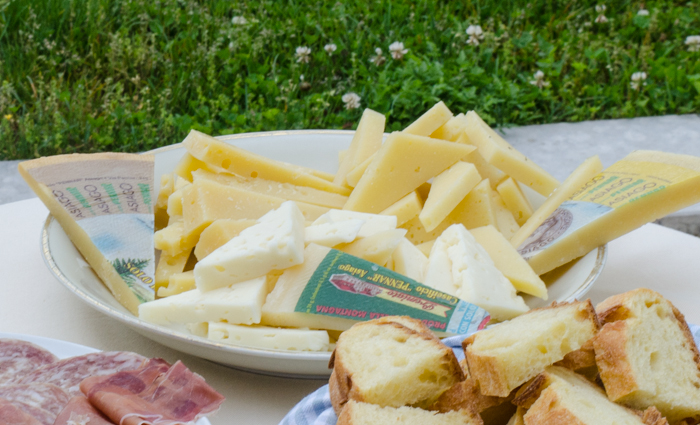 Traditionally made Asiago is referred to as Asiago d’Allevo, or matured Asiago. Asiago d’alleva is made from raw milk from Pezzata Nero and Bruno Alpina cows, Milk from the evening milking is allowed to stand overnight, then it is skimmed and combined with milk from the morning milking, which is not skimmed. Coagulation occurs at 35°C, then the soft curd is broken up and cooked twice, once at 40°C and then next at 47°C. The cooked curds are transferred into molds, and the rounds are either dry salted or wet salted in brine baths before maturing. Asiago is referred to as mezzano if it has matured for at least 3 months, and is referred to as vecchio if it has matured for a minimum of nine months. Stravecchio is aged even longer.
Traditionally made Asiago is referred to as Asiago d’Allevo, or matured Asiago. Asiago d’alleva is made from raw milk from Pezzata Nero and Bruno Alpina cows, Milk from the evening milking is allowed to stand overnight, then it is skimmed and combined with milk from the morning milking, which is not skimmed. Coagulation occurs at 35°C, then the soft curd is broken up and cooked twice, once at 40°C and then next at 47°C. The cooked curds are transferred into molds, and the rounds are either dry salted or wet salted in brine baths before maturing. Asiago is referred to as mezzano if it has matured for at least 3 months, and is referred to as vecchio if it has matured for a minimum of nine months. Stravecchio is aged even longer.
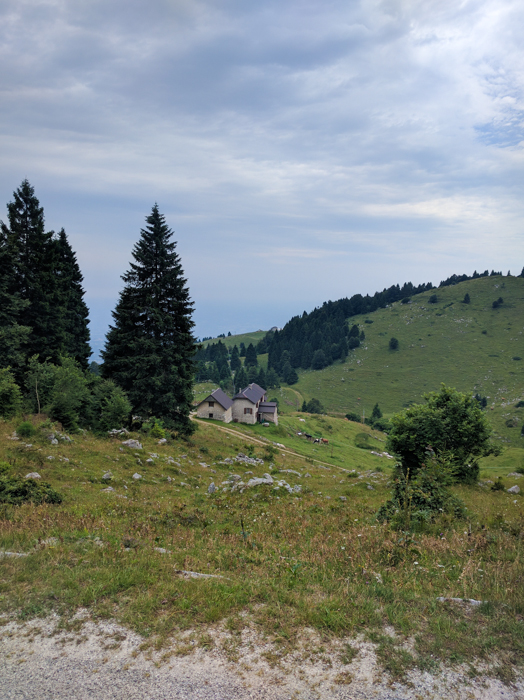 The outer rind is thin, and becomes increasing brown as it matures. The inner cheese is white, semi-hard, with an even texture. The vecchio or stravecchio versions may be used for grating as the body becomes harder. The cheese also develops a fuller flavor and fragrance as it matures.
The outer rind is thin, and becomes increasing brown as it matures. The inner cheese is white, semi-hard, with an even texture. The vecchio or stravecchio versions may be used for grating as the body becomes harder. The cheese also develops a fuller flavor and fragrance as it matures.
Recently, a fresh type of asiago has become increasingly popular, Asiago Pressato. It is produced in larger dairies in lower lying areas. It is made from pasteurized whole cow’s milk, the curd is first dry-salted. The curd is broken up, then cooked and drained, transferred into molds and pressed (pressato). It is matured over a period of 20 to 40 days, and is soft to the touch, with small holes in the body, and pale in color with a mild, milky, delicate flavor.
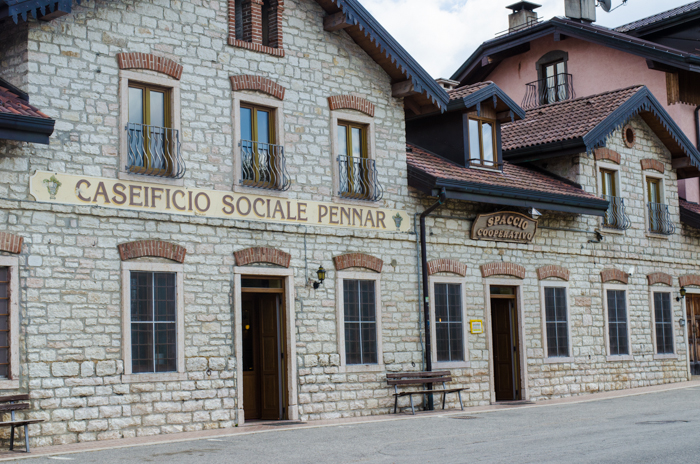 The following recipe I’ve translated from Italian, and replaced the rabbit with something a bit easier to locate in the US – pork tenderloin. Use Asiago Mezzano for this recipe, also often called “Dolce” in Italy, as the younger aged cheese is a bit sweeter than its elder siblings.
The following recipe I’ve translated from Italian, and replaced the rabbit with something a bit easier to locate in the US – pork tenderloin. Use Asiago Mezzano for this recipe, also often called “Dolce” in Italy, as the younger aged cheese is a bit sweeter than its elder siblings.
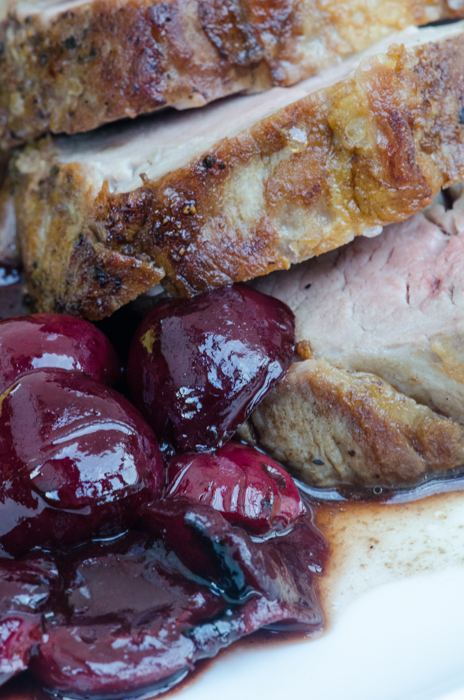 Filetto di Maiale con Spumone di Asiago Dolce
Filetto di Maiale con Spumone di Asiago Dolce
For 6 people
4 tablespoons butter
1/2 cup flour
1 cup milk, warmed in a saucepan
4 egg yolks
2 egg whites
4 ounces Asiago Mezzano, grated
Kosher salt
2 tablespoons extra virgin olive oil
Kosger salt and freshly ground pepper
2 pork tenderloin
Balsamic vinegar
2 tablespoons butter
10 ounces fresh cherries, pitted
For the spumone: In a medium saucepan over medium heat, melt the butter and mix it with the flour, stirring and cooking for a few minutes. Whisk in the warm milk, stirring until the mixture is smooth. Cook until thickened a bit, until it coats the back of a spoon. Add the Asiago, and stir until melted. Remove from heat and allow to cool slightly.
While the mixture is cooling, whip the egg whites until stiff peaks form. Now add the egg yolks into the cheese and milk mixture, stirring to combine. Then gently fold in the beaten egg whites. Season mixture with salt. Butter the inside of 6 small aluminum molds. Divide the mixture between the 6 small molds, then cook them in a water bath at 200°F for 15 – 20 minutes, until set. Remove from oven and allow to cool slightly. Remove from the aluminum molds and keep warm.
Brush the tenderloin with the olive oil, then season with salt and pepper. Heat a large saute pan over medium high heat, and place the tenderloin in the hot pan. They should sizzle as the hit the pan; if they do not, remove and let the pan heat a bit more. Sear the pork on all sides, then reduce the heat. Drizzle with balsamic vinegar, and continue to cook until it reaches an internal temperature of 130°F. Remove pork from the pan and set aside.
Pour a glass of water into the saute pan, scraping and mixing with the bits and pan juices that remain. Cook to thicken. Add the two tablespoons of butter and pitted cherries, and cook over high heat for 5 minutes.
Cut the pork into 3/4” thick slices and fan on six plates, along with the cherries. Place one spumone on each plate, and finally garnish with the sauce. Serve immediately.
